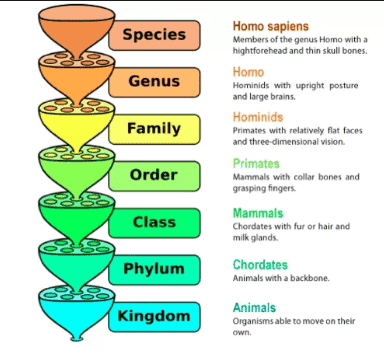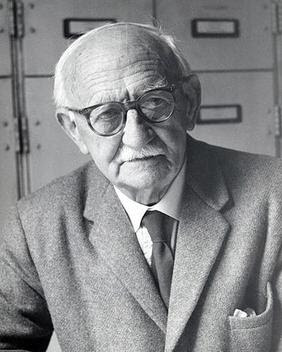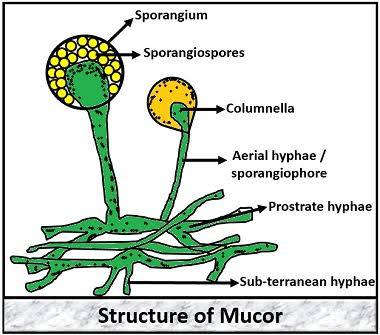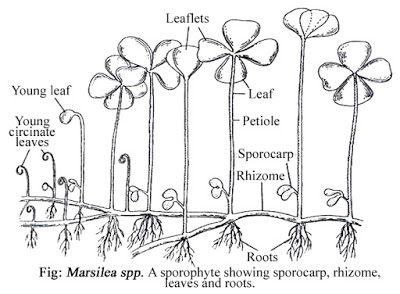Cell is the basic unit of structure or organization of all living matter. Defining a cell is always quite difficult. Different cell biologists have defined the cell differently. A virus is neither an organism nor a cell, yet it consists of a core of nucleic acid (DNA orRNA) enclosed in an external mantle of protein. In the free state viruses are quite inert. They become activated only when they infect a living host cell and in the process only the nucleic acid core enter the host’s cell. The nucleic acid which is the genetic substance, takes over the metabolic activity of the host cell and utilises the cell machinery for the formation of more viruses, ultimately killing the host cell.
CELLS OF CELLULAR ORGANISMS
The body of all living organisms (blue green algae, bacteria, plants and animals) except viruses has cellular organization and may contain one or many cells. The organisms with only 1 cell in their body are called unicellular organisms (e.g., bacteria, blue green algae, some algae, Protozoa, etc.). The organisms with many cells in their body are called multicellular organisms (e.g., most plants and animals). Every cellular organism may contain only one type of cell from the following types of cells.
A. Prokaryotic cells ;
B. Eukaryotic cells.
The terms Eukaryotic and Prokaryotic were suggested by Hans Ris in the 1960’s.
PROKARYOTIC CELLS
The prokaryotic (pro = primitive or before; karyon = nucleus) are small, simple and most primitive. They are probably first to come into existence perhaps 3.5 billion years ago. For example, the stromatolites (i.e., giant colonies of extinct blue green algae or cyanobacteria) of Western Australia are known to be at least 3. 5 billion years old. The eukaryotic (Gr., eu =well; karyon = nucleus) cells have evolved from the prokaryotic cells and the first eukaryotic (nucleated) cells may have arisen 1.4 billion years ago (Vidal, 1983).
In a morphological point of view, the Prokaryotic cell are most primitive.. They
occur in the bacteria (i.e., mycoplasma, bacteria and cyanobacteria or blue-green algae). The cytoplasm of a prokaryotic cell lacks in well defined cytoplasmic organelles such as endoplasmic reticulum, Golgi apparatus, mitochondria, centrioles, etc. In the nutshell, the Eukaryotic cells are distinguished from the Prokaryotic cells primarily on the basis of what they lack, i.e., prokaryotes lack in the nuclear envelope, and any other cytoplasmic membrane. They also do not contain nucleoli, cytoskeleton (microfilaments and microtubules), centrioles and basal bodies.
 |
| Source Wikipedia |
EUKARYOTIC CELLS
The eukaryotic cells (Eu=good, karyotic=nucleated) are essentially two envelope systems and they are very much larger than prokaryotic cells. Secondary membranes envelop the nucleus and other internal organelles and to a great extent they pervade the cytoplasm as the endoplasmic reticulum. The eukaryotic cells are the true cells which occur in the plants (from algae to angiosperms) and the animals (from Protozoa to mammals). Though the eukaryotic cells have different shape, size, and physiology; all the cells are typically composed of plasma membrane, cytoplasm and its organelles, viz., mitochondria, endoplasmic reticulum, ribosomes, Golgi apparatus, etc., and a true nucleus.
 |
| Source Wikipedia |
FUNCTION OF CELL
- Synthesis of proteins.
- Protein segregation.
- Unsaturation of fatty acid.
- Muscle contraction.
- ER is commonly known as Sacroplasmic Reticulum in muscle fibers.
- Serve both as the respositary of genetic information and as the cell's control center.
- The presence of nucleus thus allows gene expression to be regulated by post transcriptional mechanisms, such as alternative splicing.
- At the level of transcription the nuclear envelope provides novel opportunities for the control of gene expression.


















0 Comments
If you have any query let me know.